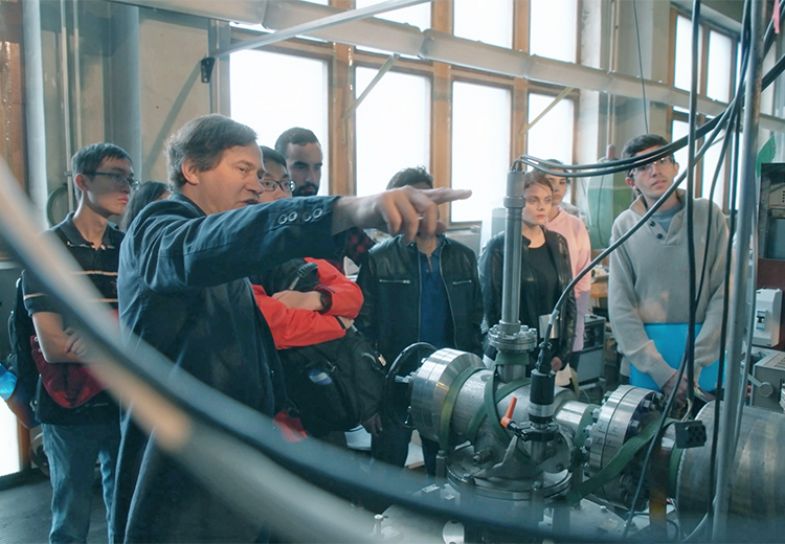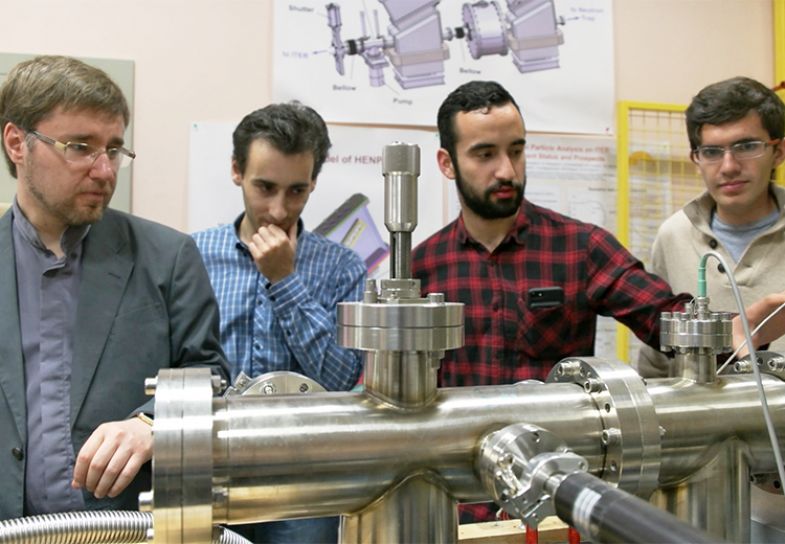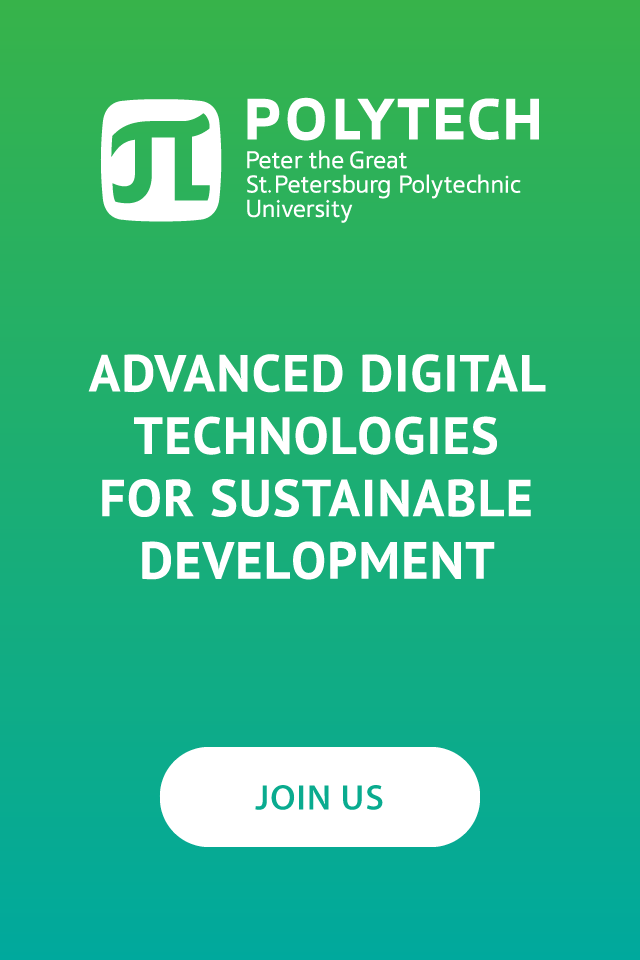Peter the Great St. Petersburg Polytechnic University (SPbPU) contributes to the development of the world's largest experimental thermonuclear reactor ITER (International Thermonuclear Experimental Reactor). Vladimir Rozhansky, Professor of the SPbPU Higher School of Physics and Engineering, is one of the few scientists in Russia, who is a member of the ITER research group. Together with his colleagues at the Polytechnic University he is moving forward to the worldwide use of controlled fusion energy.

Self-sustaining thermonuclear reaction should be obtained at ITER. That means that plasma heating loss should be less than the energy that will be released as a result of controlled thermonuclear fusion. It is planned that this reactor should have been in operation by 2025 - the best and brightest from all over the world are working on it now.
The SPbPU scientific group headed by Professor Rozhansky created a numerical code for modeling the parameters of the ITER edge plasma. This code was confirmed as the main one on ITER and is called SOLPS-ITER. Moreover, this code is recommended to all researchers who are engaged in controlled synthesis for tokamak edge plasma modeling.
Plasma, the fourth state of matter, in the edge plasma meets the others — solids and gases. Many processes take place there - ionization, recombination, hitting the wall, and others. By modeling these processes and solving complex systems of equations, the Polytechnic research team created this numerical code. In the process, scientists use the most powerful resources, including the Polytechnic Supercomputer Center.
In addition to the ITER modeling using the edge code and tokamak operation mode determining, Polytechnic scientists also work on a complex technological task. The fact is that huge amount of energy goes from the center of tokamak to ITER, about 100 megawatts (this is the power of a small power plant). At the edge of plasma this energy enters a special device - a divertor. Load on the plates of the divertor is very high, despite the fact that plasma in divertor is much colder than in the center (temperature in the tokamak center is more than 100 million degrees, and in divertor is about 10 thousand). Specific measures should be taken to take away this colossal power and thereby to prevent destruction of the walls. As a solution it was proposed to introduce various gases into the edge plasma so that they emit and reduce the load on the divertor’s plates.
“We are developing this idea,” says Professor Rozhansky, a member of the ITER research group. “To put in impurities for re-emission of energy is good in terms of interaction with the surface, but there shouldn’t be many of them in order not to reduce the charge in the tokamak.” Polytechnic scientists have already proposed several options of inert gases that can be used in this mode.
In addition to these tasks, scientists are developing special diagnostic equipment for the ITER International Experimental Nuclear Reactor, effective in conditions of high temperatures and extreme electromagnetic loads. It will help to speed up the process of building a new, more sustainable and safe source of energy.
Like in any megaproject nowadays, all work is carried out in close interconnection with leading scientific organizations from the countries participating in the project. In 2019, a delegation of the European consortium Eurofusion, which is engaged in controlled thermonuclear fusion, visited the Polytechnic University in order to discuss cooperation in plasma physics and thermonuclear energy. Polytechnic scientists presented their results and achievements in this field to the experts.

In 2019, in recognition of the SPbPU scientists’ achievements, the Polytechnic University became the venue for the first conference in Russia under the supervision of the world-famous scientific publisher Nature Research. The AAPP 2019 conference (Advances and Applications in Plasma Physics) held at our university became a platform for the leading experts in the field of plasma physics from around the world.





